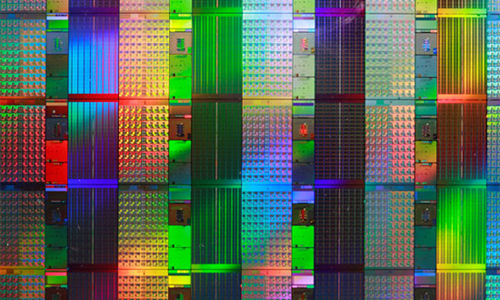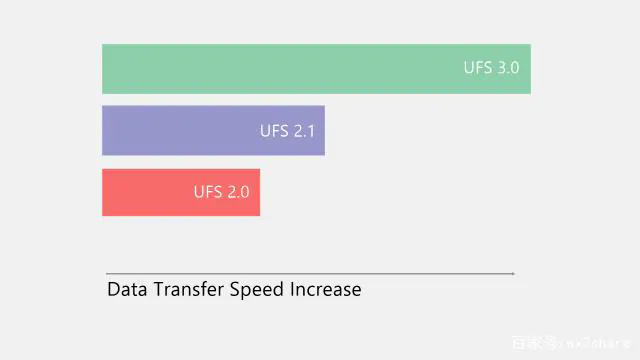"Flash Storage Types in Mobile Products"
 eMMC, or embedded multimedia card, is an advanced, managed NAND flash memory for mobile applications and it is still the dominant go-to memory solution for many consumer electronics products. The latest standard is eMMC 5.1. It is can perform either a read or write operation at a time.
eMMC, or embedded multimedia card, is an advanced, managed NAND flash memory for mobile applications and it is still the dominant go-to memory solution for many consumer electronics products. The latest standard is eMMC 5.1. It is can perform either a read or write operation at a time.
UFS is the future of Flash memory. UFS 2.1, the current most pervasive version, offers sequential read/write speeds fast enough to rival SSDs while combining it with the low power consumption of eMMC. At the time of this post, the new UFS 3.0 storage standard is appearing in products like the OnePlus 7 pro and the Samsung Fold. UFS can perform read and write operation at the same time.

UFS can also process multiple tasks simultaneously while on eMMC user has to wait for one process to complete before they could start another. This makes devices with eMMC slower than UFS based devices when it comes to copying files and booting speed.
What makes UFS 3.0 better than its predecessor is the faster read and write speeds. It is the first standard to offer data transfer speeds of up to 11.6 Gbps simultaneously, which means an overall transfer speed of 23.2Gbps
UFS 2.1 can muster peak speed of 5.9Gbps in one lane, while eMMC can manage speeds of up to 2Gbps only.
eMMC is still popular because of its lower cost. However for premium mobile device lookout for UFS 3.0 storage.